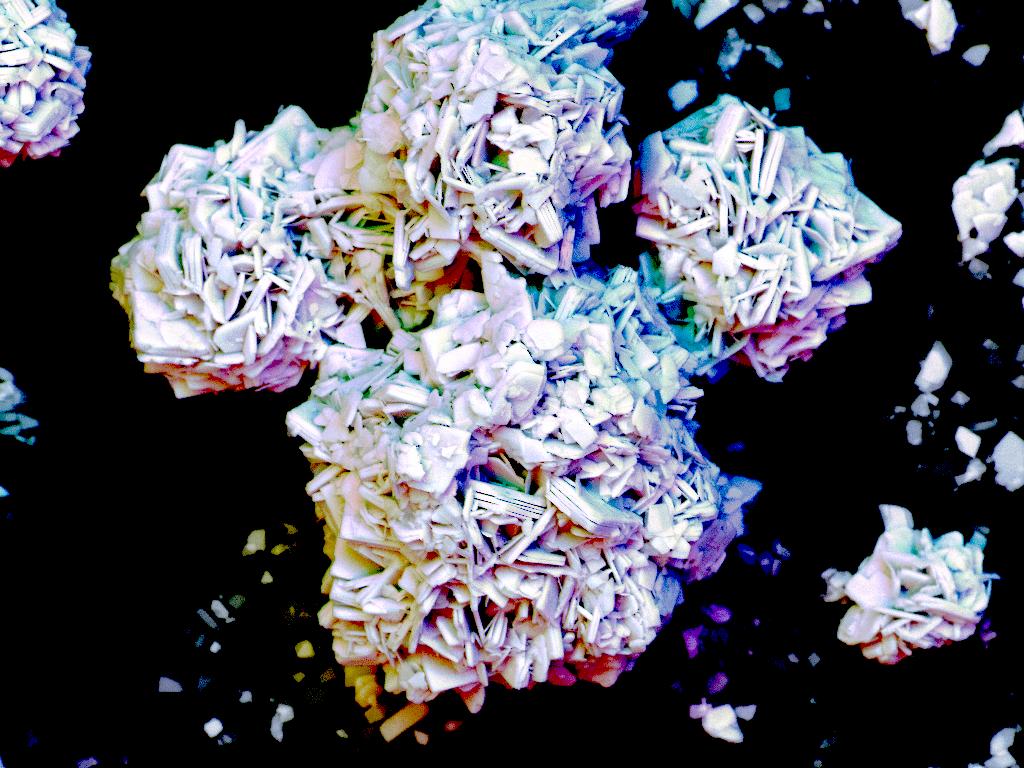
Mining for rare earth metals is about to become more environmentally and economically feasible though a process newly developed and patented at Purdue University.
These new environmentally-friendly technologies promise to be game-changers in this field and could enable the United States to create a more stable and reliable domestic source of these essential metals.
Used in computers, cell phones, DVDs, rechargeable batteries, catalytic converters, magnets, wind turbines, and fluorescent lights, and for defense in laser range-finders, guidance systems, and precision-guided weapons, these metals are difficult to mine because it is unusual to find them in concentrations high enough for economical extraction.
In addition, the detrimental environmental impact of current acid-based separation and purification of rare earth metals prohibits most companies everywhere in the world from entering the market.
China is currently the world leader in rare earth production, although it controls just 36 percent of the world’s reserves of these 17 metals. This provides an opportunity for other countries to become producers now that China is not selling rare earth materials below the cost of production as it did in the 1980s and ’90s.
But when China reduced the export quotas for rare earth metals in 2010, the costs of rare earth magnets for one wind turbine soared from $80,000 to $500,000. After China relaxed the export restrictions 18 months later, prices returned to lower levels than in 2010.
China is also the dominant consumer of rare earth metals for manufacturing electronics products for domestic and export markets. Today Japan and the United States are the second and third largest consumers of rare earth materials.
“About 60 percent of rare earth metals are used in magnets that are needed in almost everyone’s daily lives. These metals are used in electronics, airplanes, hybrid cars and even windmills,” said Nien-Hwa Linda Wang, the Purdue professor of chemistry who developed the new processes.
“We currently have one dominant foreign source for these metals and if the supply were to be limited for any reason, it would be devastating to people’s lives,” Wang said. “It’s not that the resource isn’t available in the U.S., but that we need a better, cleaner way to process these rare earth metals.”
The new patented extraction and purifying processes use ligand-assisted chromatography, a separation method that has been shown to remove and purify rare earth metals from coal ash, recycled magnets, and raw ore safely, efficiently and with virtually no detrimental environmental impact.
The production of rare earth metals is a global US$4 billion annual market that continues to grow as new electronics, computerized engines for aircraft, warships, electric automobiles, magnets, and other critical products are developed that require rare earth metals to perform. The value of the products using rare earth metals to function is valued at more than $4 trillion per year.
“Conventional methods for producing high-purity rare earth elements employ two-phase liquid–liquid extraction methods, which require thousands of mixer-settler units in series or in parallel and generate large amounts of toxic waste,” Wang said.
“We use a two-zone ligand-assisted displacement chromatography system with a new zone-splitting method that is producing high-purity (>99%) metals with high yields (>99%).”
Wang’s ligand assisted method has the potential for efficient and environmentally friendly purification of the rare earth metals from all sources of recyclates, such as waste magnets and ore-based sources and helps transform rare earth processing to a circular, sustainable process.
Joe Pekny, a Purdue professor of chemical engineering, said Wang’s innovation enables the United States to reenter the rare earth metals market in an earth-friendly, safe and sustainable way. “What’s exciting is that the U.S. has the rare earth metals to meet the growing demands of the U.S. market and other markets around the globe and reduces our dependence on foreign sources,” Pekny said.
This research was funded in part by the U.S. Department of Defense, DoD.
Now, the Defense Department is supporting the U.S. rare earth supply chain with a new contract to a once defunct uranium mine in the California desert that is now the only rare earth mining and processing site in North America.
"技術" - Google 新聞
May 22, 2020 at 09:56AM
https://ift.tt/2zWkQMz
由美國普渡大學開發友善環境的稀土開採技術獲專利 - 環境資訊電子報
"技術" - Google 新聞
https://ift.tt/2vdsyzX
Shoes Man Tutorial
Pos News Update
Meme Update
Korean Entertainment News
Japan News Update
Bagikan Berita Ini














0 Response to "由美國普渡大學開發友善環境的稀土開採技術獲專利 - 環境資訊電子報"
Post a Comment